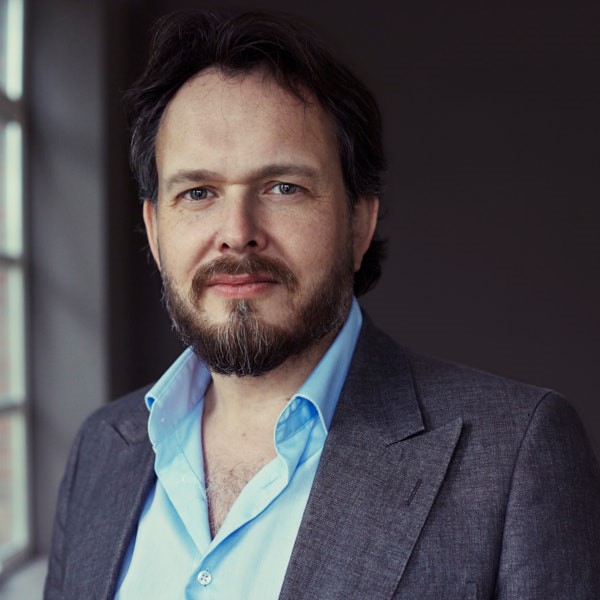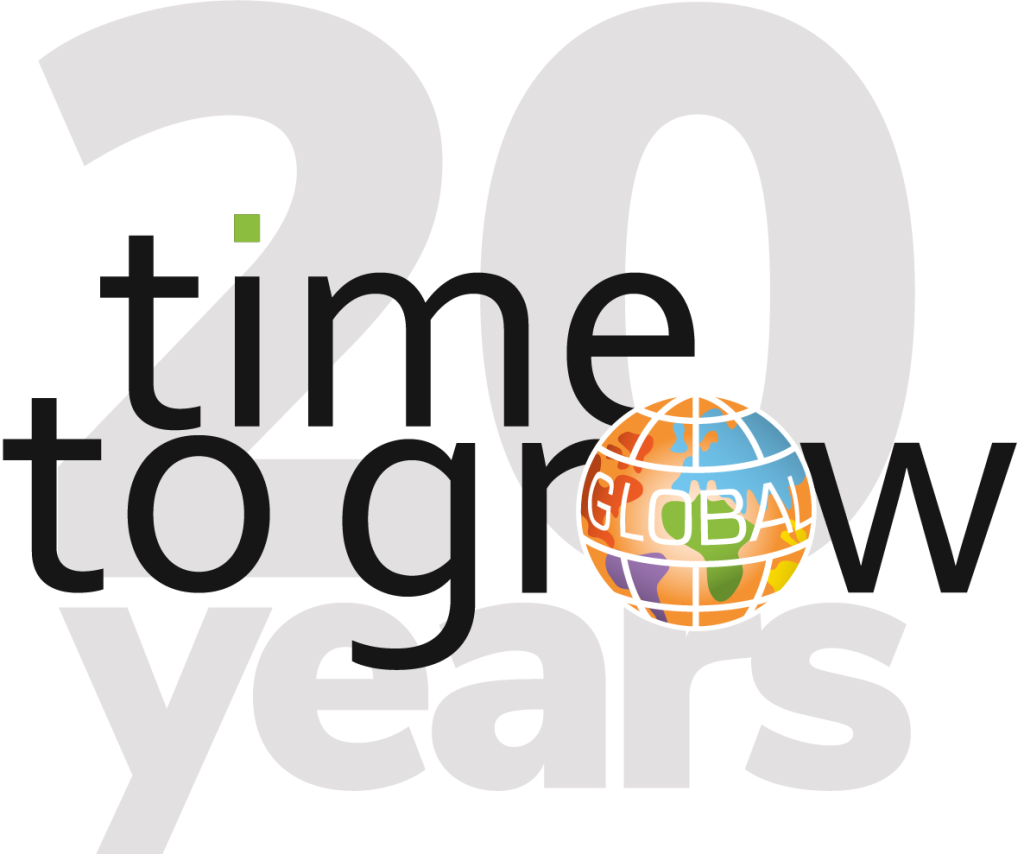We don’t always see eye to eye. But how do we know when our perspectives might be standing in the way of our leadership development efforts?
Everyone who’s tried to lead organizational change will understand how just how tough it can be. Look at any practitioner framework for the concept—Johnson and Scholes’ Cultural Web[1], or Schneider’s 4Cs[2]. Nothing about changing what’s ‘below the surface’ is a walk in the park. A huge part of what we think, believe, and feel as an organizational collective comes back down to our past experiences. Through stories and symbols, too, we’re often even influenced by the past when we weren’t there the first time!
Leadership Means the Whole Iceberg
A tricky aspect for many very talented executives, in my experience, comes when with trying to really understand our perspectives. Have you ever been told to “Put yourself in someone else’s shoes?”
That’s just one part of it. To really change how we lead, to be more future-focused, we need to look forward. Because what’s worked before won’t always continue working as the world changes. And there are three critical perspectives that we can’t be afraid to explore.
I often like to think of them as the ‘Internal’ perspective, the ‘External’, and the ‘Others’ perspective.
The ‘Internal’
Our internal thoughts and assumptions are very powerful. To a very large extent, the things we see, feel, and believe are deeply rooted in our past experiences. As we grow, we learn from others and from events that occur to us. Our Internal values and beliefs—and very frequently our cognitive processes, too—can be deeply ingrained. As long as they remain latent, unacknowledged, they can be stubborn as mules to shift.
People influence us, of course, and we learn from experimentation. Naturally, as leaders, we’re shaped into who we are through reinforcements and rewards. And we learn vicariously as others succeed or fail around us. In today’s hyper-connected world of social media, it’s hard not to be.
To challenge these perspectives, a leadership development program needs to be unique and personal. It’s very hard to be objective about something as inherently subjective as the way we see the world. But as leaders, we can learn to widen our perspectives and spot what might be holding us back.
The ‘External’
Our deeply rooted ‘Internal’ then gives rise to how we behave—the ‘External’ is often a reflection of those embedded cognitive processes. It isn’t all about how we choose to act, either. Just like some of the biggest wins are completely unplanned, our personal instincts often guide our actions.
Becoming aware of the ways that our ‘Internal’ can affect our ‘External’ is extremely powerful. Not only does it give us some clarity when we make decisions, but it helps us move towards greater accountability and integrity. It also gives us the ability to challenge ourselves by realizing when we might be repeating the same mistakes over and over again.
We can become more aware of the link between the ‘Internal’ and ‘External’ by asking ourselves questions, like “Am I being open about my mistakes?”, “Am I seeing the bigger picture?” and “What am I actually aiming for?”
The Link to ‘Others’
Clearly, the way we behave has an impact on others. Whether you see yourself as a charismatic leader, or your style is more transactional, the concept is pretty simple. When you’re working at a strategic level, your values and beliefs are going to influence others.
Putting the introspection aside for a moment, we put on the Emotional Intelligence hat and try to look at the reality in a fresh new way. Put differently, the ‘Others’ perspective takes that introspective emotional perception and applies it to others. And it works best, based on the results from our leadership development programs, when it’s founded on a solid understanding of the ‘Internal’ and ‘External’. That is, the very real links between who we are, what’s going on inside, and our actions in practice.
Taking an ‘Others’ perspective is when you do get to put yourself in another’s gumboots, which we can do by asking ourselves a veritable Pandora’s Box of questions. “Say I’m Jane, for a moment…what do I want?”, or “As Peter, what are my concerns?” Even if you think you’ve got this one down pat, there’s always room to grow.
So…what do you think?
[1] Johnson, G., Scholes, K., & Whittington, R. (2008). Exploring corporate strategy: text & cases. Pearson education. [2] Schneider, B., Gunnarson, S. K., & Niles-Jolly, K. (1994). Creating the climate and culture of success. Organizational Dynamics, 23(1), 17-29.Find out more about our Personal Leadership Development Program.

Govert is Time To Grow Global’s Managing Partner, specializing in Strategy Facilitation, Leadership development and Organisational performance. Reach him on our Time To Grow Global LinkedIn.


